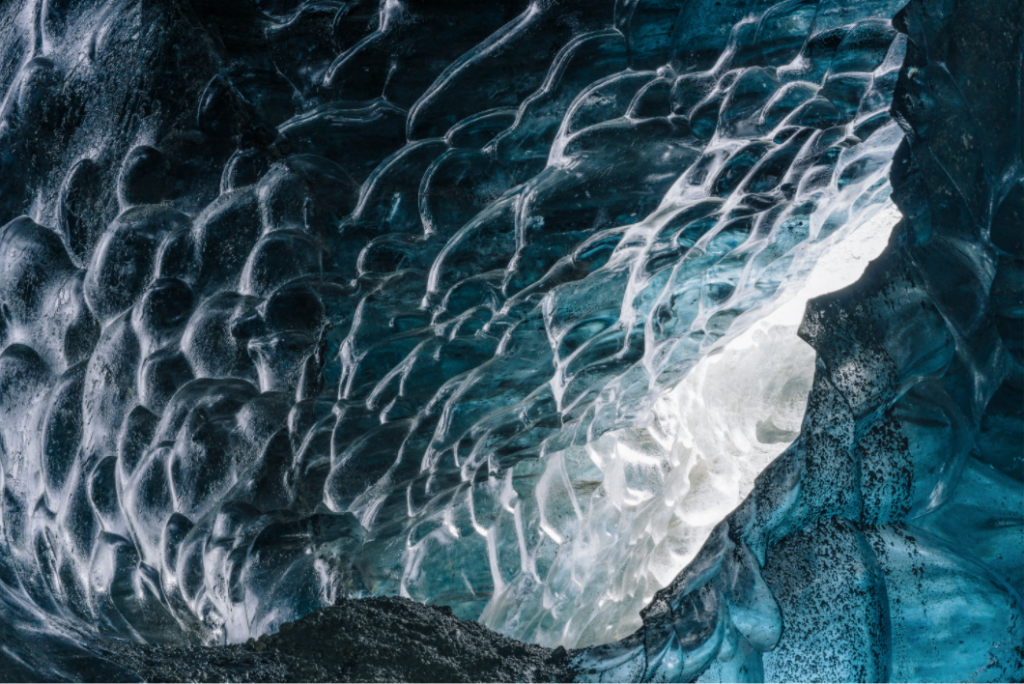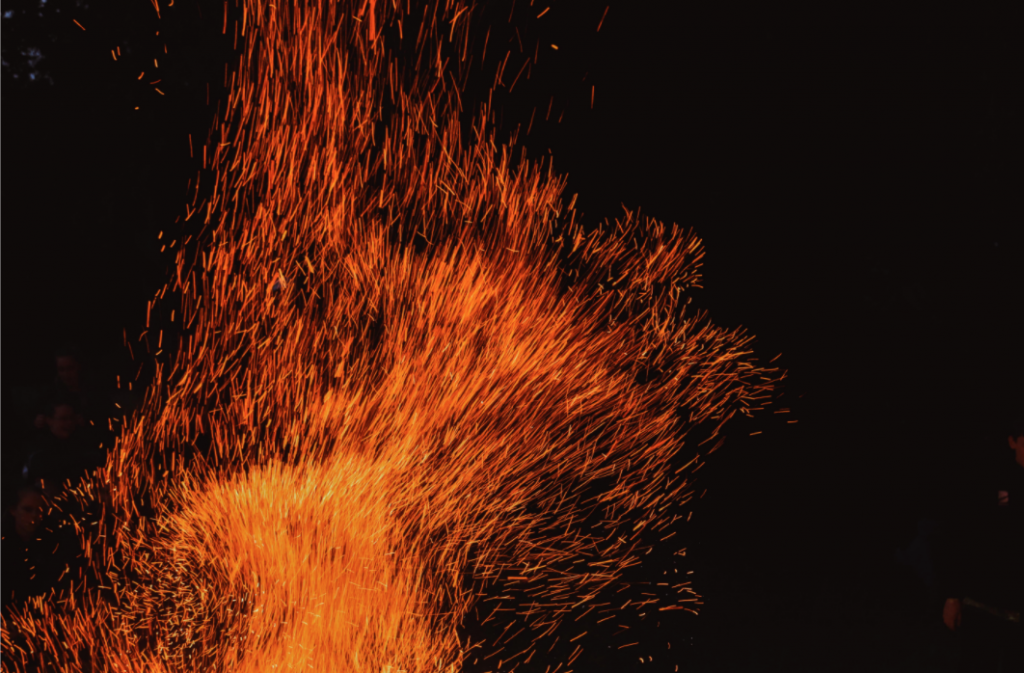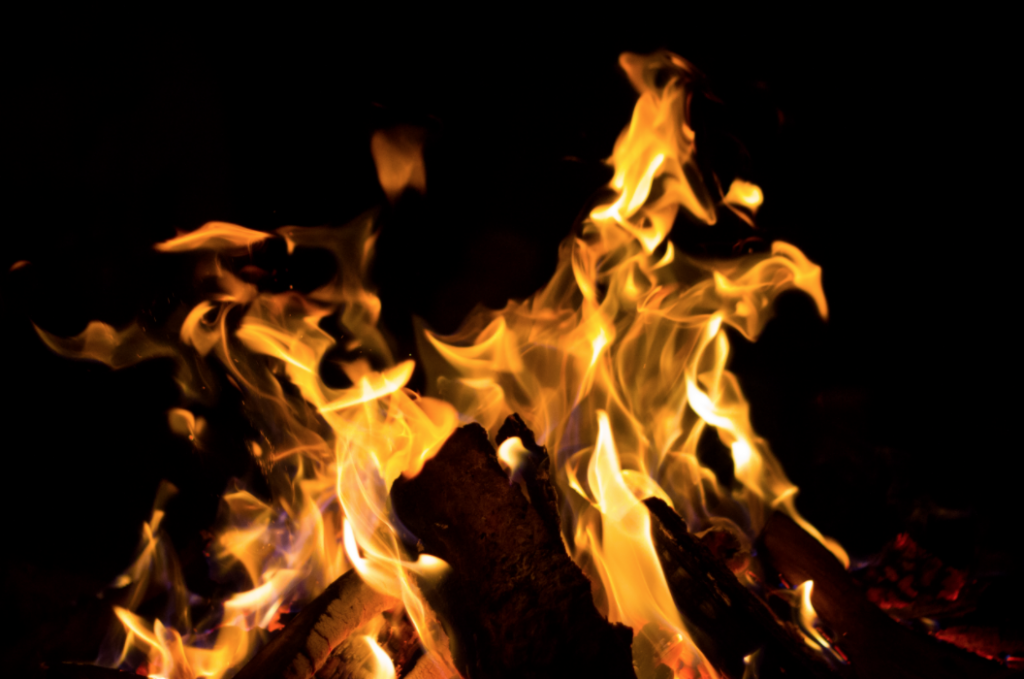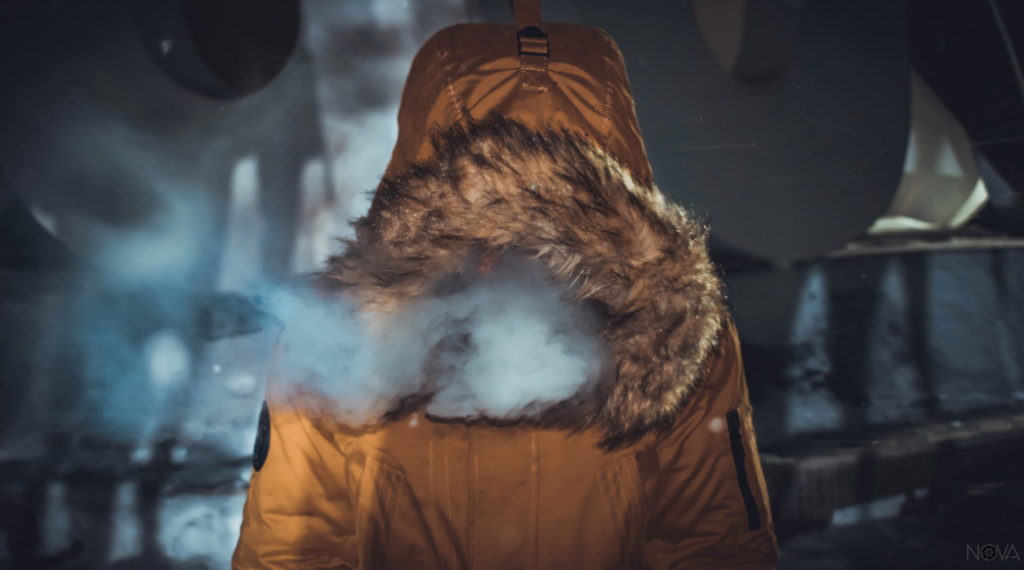Temperature control is a critical aspect of high-quality finishing. Temperature influences how easily the paint pumps, atomizes and flows out. It affects how quickly the coating dries (or cures) and how hard the film becomes. Often the exact temperature at which something in the paint shop happens is less important than the consistency of the temperature. Let’s dig in with our FAQs.

What temperatures are important?
At least six temperatures are important enough to monitor:
- Paint
- Booth air
- Compressed air
- Bake ovens, if used
- Pretreatment chemicals, if applicable
- Substrate
What happens if the paint is too warm or too cold?
Cold paint will be too viscous (too thick). It will pump, atomize and flow-out with difficulty. Also, the rate of solvent loss from cold paint on the part will be reduced. The retained solvent will keep the paint runny, and sagging may result. This effect usually overcomes the reduced flow from higher viscosity. The result is more sags on cold mornings. The retained solvent may also lead to popping in the oven.
Warm paint flows too easily. When warm, more paint than is needed will flow at a given pump setting. Atomization will require more air pressure and a larger paint cloud will form. The result will be wasted paint and more mess.
In some cases, paint temperature variation may influence color.
How closely should the paint temperature be held?
This is not an easy-to-answer question. It depends on the solvent blend (fast or slow) and the skill of the operator. Skillful painters can compensate for considerable variation in temperature, line speed, solvent blend, etc.
Manual application can usually accommodate a plus or minus 5 degrees Fahrenheit temperature variation without much problem. Automatic applicators work best if the paint varies no more than 3 degrees Fahrenheit from the recommended value.
How can I control the paint temperature?
The best option is to use a paint heater.

How do paint heaters work?
There are at least four ways to heat paint before application:
1. Non-circulating (dead-ended) systems use a warm liquid pumped through a special hose inside the paint hose. The circulating warm liquid is heated electrically and it warms the paint.
2. Circulating systems usually use an electrical resistance element in a cast aluminum body through which the paint is pumped. This is the most common approach to heating paint.
3. Sometimes an electric liquid-to-liquid system heat exchanger is used to heat the paint. These systems are somewhat complex, but they can be used to cool as well as heat. That might be a useful feature for catalyzed systems.
4. You can also use an electric drum or pail heater. This heater uses a belt that wraps around the drum. Plug in and set thermostat to what you want.
How much do paint heaters cost?
It depends upon the size, but most high-end heaters will cost $2,000 and up. A simple drum or pail heater can set you back less than $100.
Where should a paint heater be installed?
As close to the spray gun or head as possible in order to minimize heat loss.
Won’t the paint viscosity drop if I heat the paint?
Sure, but so what — at least the viscosity will be consistent. If the viscosity is too low, you can simply spray at higher solids. In fact, some high-solids paints are heated mainly to drop the viscosity into a sprayable range. The paint supplier may want to change the solvent blend to accommodate a higher spray temperature.
What’s the problem if the parts are too warm or too cold?
Cold parts present two problems. The first is that they cool the paint, with the result being that the paint may sag in the booth or pop in the oven (due to retained solvent). Second, if the parts are cool enough, they may condense water vapor from the air and coat the surface with a film of water prior to painting. The water film reduces adhesion and may cause the paint to slide off the surface.
Warm parts may dry the paint droplets as they strike the surface and prevent good leveling. With waterborne warm parts may reduce the paint viscosity and lead to sags.
How much hotter or colder than the paint can the parts be?
That’s not an easy question to answer. It depends on the solvent blend in the paint and the humidity of the air. Five or 10 degrees Fahrenheit is usually not a problem.
How can I control the temperature of the parts?
If applicable, allow enough time after the pretreatment dry-off oven for the parts to cool. Don’t let parts stand overnight near cold outside walls or hot locations within the plant.
Why are the booth and compressed air temperatures important?
For the same reasons mentioned earlier. Booth air and atomizing temperatures can change the paint temperature. As a result, viscosity goes up or down. The paint atomizes and flows too easily or not easily enough.
How is booth temperature controlled?
Many shops can increase booth air temperature but cannot cool it. Usually the air supplied to the booth comes from outside, first through filters and then through a gas-fired heater. The thermostat can be increased to a high level but are not effective below the ambient temperature.
How much air is required for typical paint booths?
The volume of air required (expressed as cubic feet per minute) depends on the size of the booth and the local fire and health regulations. Often about 125 linear feet per minute of booth air must be supplied for manned booths. Thus a 10 ft. x 30 ft. booth would require 10 ft. x 30 ft. x 125 ft./min = 37,500 cubic feet per minute of air. Air requirements may be reduced for automatic booths where no operators are in the booth. Check your local health and safety codes to be sure. This air, of course, must be exhausted as well as supplied.
Is it common to cool (air condition) the booth air supply?
No, because of the cost. Some sophisticated booths do have cooling capabilities. Some also control humidity. Powder booths may have temperature and or humidity control, partly because these variables are more critical for powder and partly because the volume of air required is much less than for liquid booths. Thus the operating cost is much lower. Waterborne paint is sometimes applied in humidity-controlled booths.

Can heat be recovered from the solvent-laden air once it leaves the booth?
It can, but usually it isn’t unless you also want to incinerate the solvent. If the solvent is burned, the large amount of energy released makes heat recovery economically sensible.
Why are paints heated in ovens anyway?
Basically for two reasons: to speed up the loss of solvent and to provide energy for the curing of enamels. Powders are heated to melt the powder (provide flow-out) and drive the curing reaction.
How are paint bake ovens heated?
Usually with gas or infrared radiation. Some small ovens may be electrically driven.
How much heat is required for paint ovens?
It depends upon the chemistry of the paint. Many paints dry without heating in between 20 minutes and a few hours. Baking enamels (liquid paints that require baking to chemically cure) typically require 10-40 minutes at 250-400 degrees Fahrenheit. Powders are usually cured in 10-20 minutes at 300-400 degrees Fahrenheit.
How closely should the oven temperature be controlled?
Plus or minus, 5 degrees Fahrenheit would be good. Many ovens are not that consistent. More than 20 degrees Fahrenheit difference between the coolest and the hottest oven locations is probably pushing your luck. It really depends upon the paint. Ask your paint supplier how sensitive the coating you’re using is to temperature variation.
How much temperature variation occurs in an oven?
Plus or minus 20 degrees Fahrenheit would not be unheard of in large production ovens. Ovens have been known to have a cool section (unintentional) in the middle because of poor air movement. The parts actually warmed up, then cooled, and then warmed again. Not a good situation.
How are oven temperatures measured?
Usually with a thermometer or a thermocouple. People often put one thermometer or thermocouple in a large oven and assume that the entire oven is at the temperature indicated by the single reading.
What are thermocouples?
Thermocouples are simple devices made of two different metal wires in contact with one another. When heated, electrical differences in the metals produce a voltage that is a function of the temperature. This voltage can be measured and calibrated in degrees. Sometimes it is used to drive a recording device so that a permanent record of the temperature history can be obtained.
How does surface temperature measuring equipment work?
There are two types: contact and non-contact.
Contact devices attach temperature-sensing probes to the parts and send the probes and a data recorder through the oven (in an insulated box of course). The collected data can be digitally graphed and yield a measurement of how much energy was absorbed by the paint. This equipment represents the state-of-the-art technology available for accurately tracking cure energy. See the Key on testing for a fuller discussion of this technique.
Non-contact systems utilize instruments that sense the temperature of a surface by measuring the intensity of infrared radiation emitted by the surface. The concept is that all surfaces emit infrared radiation and they emit more of it as they become warmer.
What is PMT?
PMT stands for “peak metal temperature.” It indicates how hot a part actually becomes. The oven may be at 400 degrees Fahrenheit, but thick sections of the part may only achieve 350 degrees or even less. Paint companies usually recommend cure conditions at so many minutes at a specified metal temperature. Peak surface temperature would be a better term since the concept applies equally well to plastic, glass, wood, etc., surfaces.
Which is worse, overbaking or underbaking?
It depends on the paint property of interest. Gloss goes down, for instance, if films are overbaked, but color and hardness may change if films are underbaked.
How can I tell if the paint is properly cured?
An overbaked paint will be too hard, too low in gloss or lack the proper flexibility. An underbaked film may be too glossy, too soft or too flexible. See the Key on testing for a more complete discussion.

Is it possible to have over-baked and under-baked paint on the same part?
Sure, if parts have very thick and very thin sections. The thin sections may overbake, while thick sections may not bake enough.
Which is better, a gas convection oven or an infrared oven?
The answer is not that simple. Infrared radiation is a line-of-sight phenomena. The energy wave goes in straight lines thus you can’t heat the backside of parts or parts shadowed by other parts. Circulating hot air does not have that problem. On the other hand, infrared ovens have very fast response times, and the energy can rapidly be made more or less intense. In general, infrared is not used for complex shapes unless it is combined with a convection heat source.
How closely should the temperature of pretreatment tanks be controlled?
Follow the supplier’s recommendation; usually plus or minus 3 degrees Fahrenheit is acceptable.
Should I throw out my present system and install a remote heat exchanger?
Probably not. The pay-back time would probably be long. It is something to think about when installing a new system.
Should rinse tanks be heated?
Usually they should, but it depends upon the chemicals to be removed. The chemical supplier should be consulted.
Are you trying to solve a temperature challenge in your facility? Contact your Accessa Coatings Consultant or call 800-593-0126.

